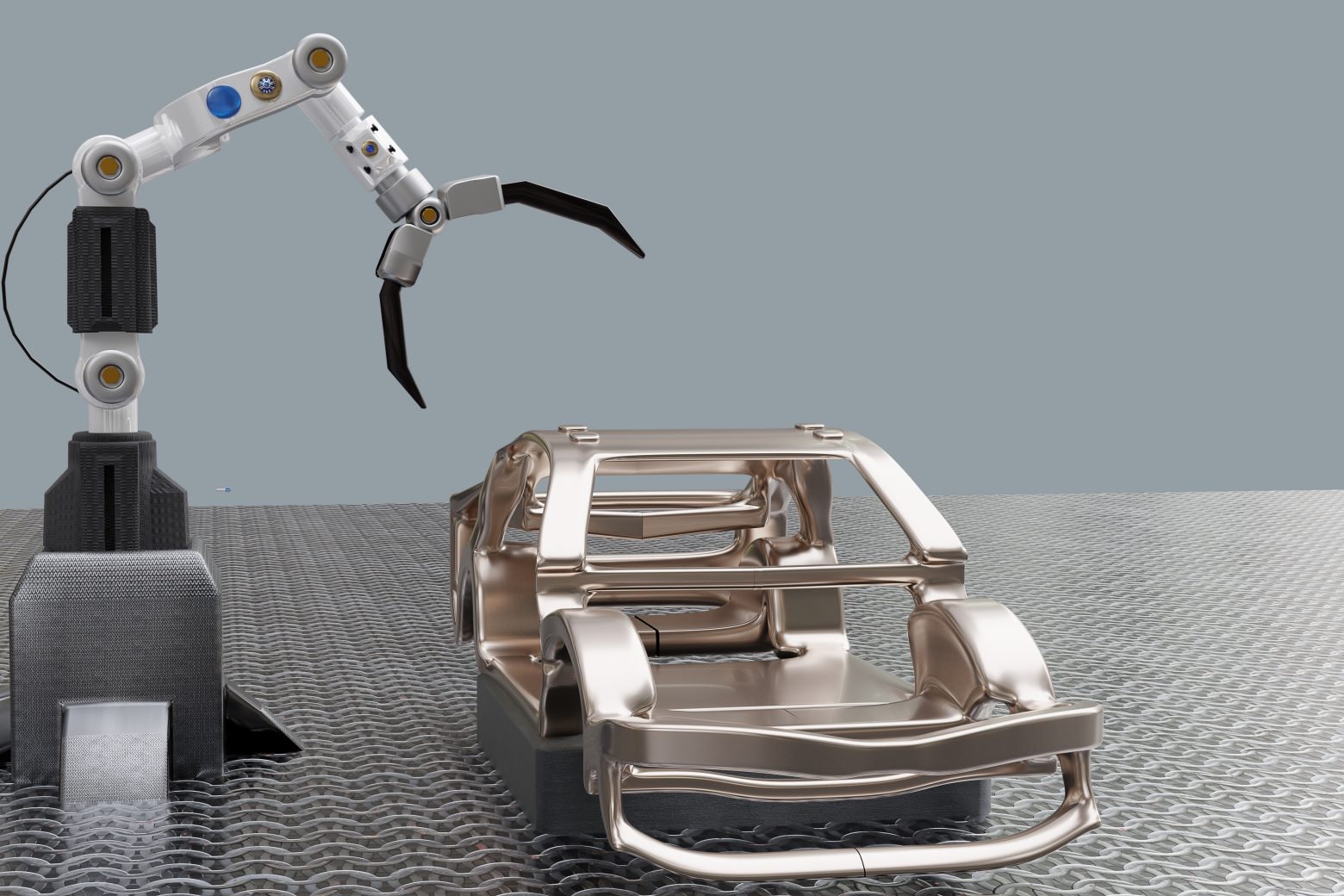Cloud-Based Product Lifecycle Management (PLM)

Cloud Computing is currently one of the most popular services in software development. Over the past few years, PLM (Product Lifecycle Management) systems have been developing especially actively, and it is quite natural that new-to-market business players have demonstrated interest in them. What’s also notable is that software vendors are predicting the next generation of PLM systems in the Cloud, and recognized software leaders who created the first PLM systems are beginning to offer their own Cloud solutions.
Let us recall the term PLM, made popular in recent years, but first appeared in the heavy engineering industry two decades ago. Here’s one of the more widely accepted definitions of the term: PLM is a business strategy based on systemic business solutions that support the collective development, management, distribution, and use of product specification information within an extended enterprise from concept to the end of the product life cycle; PLM provides integration of people, production processes, business systems, and information.
Today, the PLM software market is highly competitive and fragmented due to the presence of numerous global players. Various notable software giants are committed to research and development with the latest software technologies that push a high level of competitiveness in the market.
A cloud PLM system is the most common:
- Energy
- Manufacturing
- Pharmaceuticals
- Retail
- Media
- Electronics
Some of the outstanding recent developments include:
- Accenture has made investments in product lifecycle management (PLM) and application lifecycle management (ALM) systems integration. Recent acquisitions will expand Accenture’s engineering expertise for automotive and other manufacturing clients in Japan and other markets.
- Recently, the FIA announced that it has awarded a contract to Siemens PLM Software to implement its new digital product, Siemens Xcelerator. The new system will improve efficiency and adopt sustainability solutions to support the FIA across all of its championships, including Formula 1 in sustainability efforts. The FIA will begin implementing the Siemens Xcelerator portfolio to enable the design of vehicles and regulations that reduce energy consumption and emissions.
Clearly, there is a future for cloud-based PLM systems. If previously the main users of PLM systems were global manufacturing companies involved in the design of large and complex devices, now such management processes can easily work in small and medium-sized enterprises. As you know, the resources of small companies are directed primarily to the main processes – development, procurement, production, and marketing. As a rule, there are usually minimal resources for the creation and support of IT infrastructure. With the development of Cloud Computing in the manufacturing industry, small companies now have the opportunity to implement PLM-class systems to optimize their technology and business processes along with global enterprises.
Computer-Aided Design and Product Lifecycle Management
Before computer-aided design (CAD) started to make its transition to the Cloud it was a desktop application. You could create models and run simulations that were saved as files to your local computer. That process was then complemented with data management solutions which often ran on a client’s server. The server would be on-premises in a data center when working on your designs, and the large files were not stored on your local computer.
Now as we go through this transition to the Cloud we find that CAD and PLM have converged. Today, not only are you able to model in a Cloud application or run simulations and create a drawing through your browser but actually do this all from a data management perspective. All these changes are automatically tracked along the way. You don’t have to manually input them, they were just saved along the way.
Before CAD was in the Cloud, a lot of users had to go through this manual way of checking data. It was a burden on engineers, and there certainly were a lot of complaints from end-users about being forced into tedious data management.
Nowadays, each enterprise system runs its own application on a server. So PLM and ERP (Enterprise Resource Planning) would be another good examples in supply chain management. Each of those would run independently as a software application on the server. Each of them would have its own data architectures, its own data models, and metadata about all the information that you would like stored there. If you wanted them to talk to one another you would need to transition the data from one system to another.
Administration Costs
Administration costs are significantly reduced when it comes to hosting in the Public Cloud, especially when the customer is given access to already pre-configured software. This is really convenient when using the same office applications. But in the case of PLM solutions, the situation is somewhat different – their implementation is almost always associated with serious modifications to the standard settings. Therefore, Public Cloud may not be quite suitable for them.
If we talk about the Private Cloud (and for PLM applications it’s more applicable), then there is a significantly greater dependence on the service provider (cloud infrastructure) compared to traditional solutions. In this case, if you need deep customization of the solution the IaaS (Infrastructure as a Service) model will be preferable to the SaaS (Software as a service) since it provides more control over the code and more customization options. SaaS solutions often work for companies looking to improve collaboration, manage product data, and improve workflows without significant IT or hardware costs.
What’s Next?
Cloud adoption is having a significant impact on the PLM market, therefore the decision to move to the Cloud should be conscious, and well thought out. First of all, you need to ask yourself: what kind of functional and competitive advantages will my enterprise receive with Cloud Transformation? Can these advantages be achieved using traditional technologies? What are the costs and economic feasibility of the transition? These are all things to consider when looking for the best program for your company. PLM can bring your products to market faster, that’s why cloud-based PLM solutions have to be completely customized according to your needs. Begin your Product Lifecycle Management journey here!
